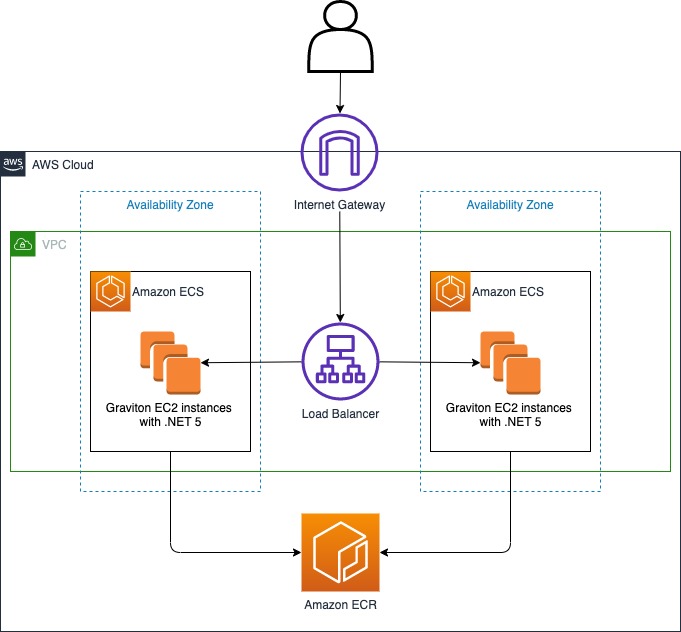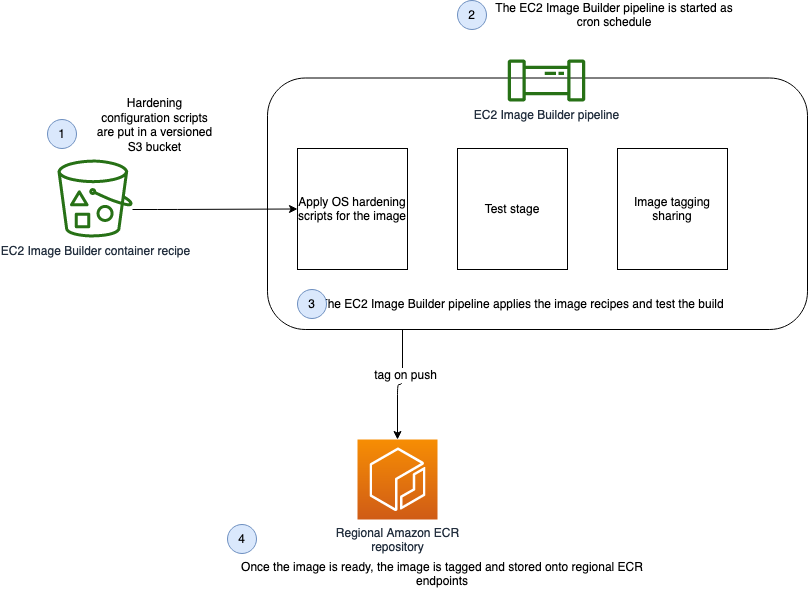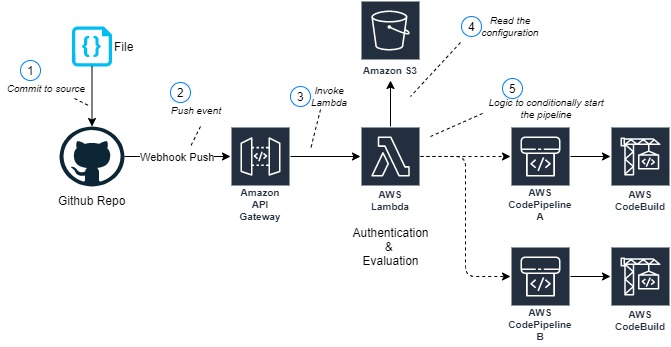AWS DevOps & Developer Productivity Blog
Build and deploy .NET web applications to ARM-powered AWS Graviton 2 Amazon ECS Clusters using AWS CDK
With .NET providing first-class support for ARM architecture, running .NET applications on an AWS Graviton processor provides you with more choices to help optimize performance and cost. We have already written about .NET 5 with Graviton benchmarks; in this post, we explore how C#/.NET developers can take advantages of Graviton processors and obtain this performance […]
Building an ARM64 Rust development environment using AWS Graviton2 and AWS CDK
2020 was the year that ARM chips made the headlines by moving from largely mobile form factors into the cloud thanks to AWS Graviton2, allowing you to have up to 40% better price performance over comparable current generation x86 Amazon Elastic Compute Cloud (Amazon EC2) and Amazon Relational Database Service (Amazon RDS) instances. We speak […]
Continuous Compliance Workflow for Infrastructure as Code: Part 1
Security and compliance standards are of paramount importance for organizations in many industries. There is a growing need to seamlessly integrate these standards in an application release cycle. From a DevOps standpoint, an application can be subject to these standards during two phases: Pre-deployment – Standards are enforced in an application deployment pipeline prior to […]
CDK Corner – May 2021
Social – community engagement According to Matt Coulter’s tweet, nearly 4000 people signed up for CDK Day to celebrate all things CDK on April 30. As a single-day, two-track event, there was a significant amount of content to learn from while having fun, and interacting with the CDK community. Eric Johnson as the emcee, keynoted […]
How Amazon CodeGuru Profiler helps Coursera create high-quality online learning experiences
This guest post was authored by Rana Ahsan and Chris Liu, Software Engineers at Coursera, and edited by Dave Sanderson and Adnan Bilwani, at AWS. Coursera was launched in 2012 by two Stanford Computer Science professors, Daphne Koller and Andrew Ng, with a vision of providing universal access to world-class learning. It’s now one of […]
Build and Deploy Docker Images to AWS using EC2 Image Builder
The NFL, an AWS Professional Services partner, is collaborating with NFL’s Player Health and Safety team to build the Digital Athlete Program. The Digital Athlete Program is working to drive progress in the prevention, diagnosis, and treatment of injuries; enhance medical protocols; and further improve the way football is taught and played. The NFL, in […]
Choosing a CI/CD approach: Open Source on AWS, an Iponweb story
Iponweb is a global leader in building programmatic and real-time advertising technology and infrastructure for some of the world’s biggest digital media buyers and sellers. The company develops client-facing products and internal development tools that must be platform agnostic to support spanning across multiple cloud services. In this post, we explore how Iponweb applied key […]
Build real-time feature toggles with Amazon DynamoDB Streams and Amazon API Gateway WebSocket APIs
Feature toggles (or feature flags) are a software development technique allowing developers to programmatically enable or disable features of an application. In practice, feature toggles control a system’s behavior by controlling conditional statements in the application code. Feature toggles have a number of use cases: Selectively enable or disable features – You can use feature […]
Integrate GitHub monorepo with AWS CodePipeline to run project-specific CI/CD pipelines
Understand how to automate trigger of project specific code pipeline for GitHub mono repos users. Currently, if a customer is using GitHub as a version control system and he has only one repository which contains multiple folders each for a different project, change in any file, triggers the code pipeline for the whole repository rather than for the appropriate project. With this blog, they would be able to automate trigger of appropriate pipeline based on the project folder where the file gets changed.
CDK Corner – April 2021
Social – Community Engagement We’re getting closer and closer to CDK Day, with the event receiving 75 CFP submissions. The cdkday schedule is now available to plan out your conference day. Updates to the CDK Constructs promoted to General Availability Promoting a module to stable/General Availability is always a cause for celebration. Great job to […]








